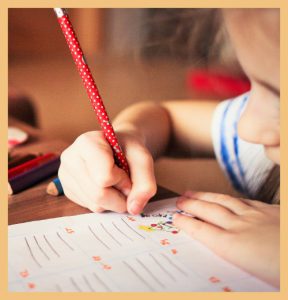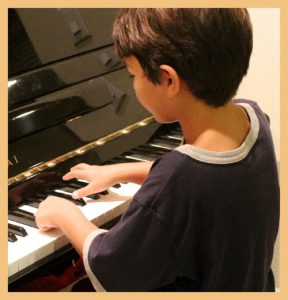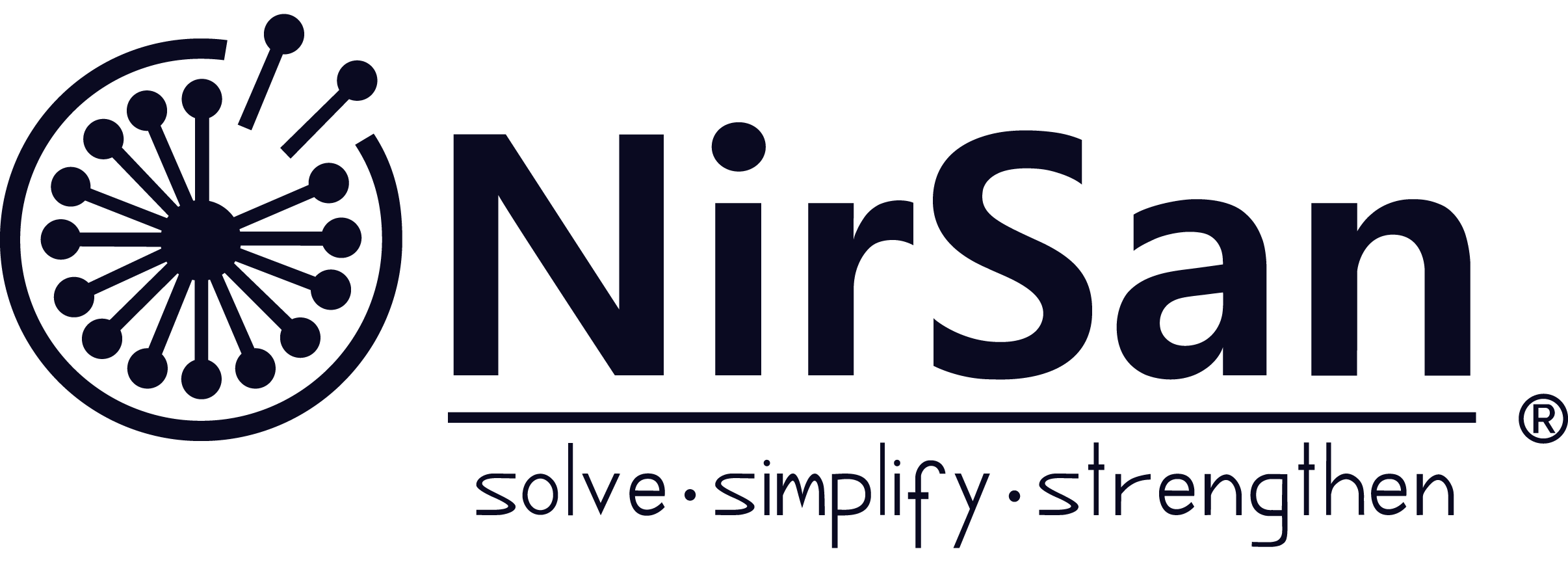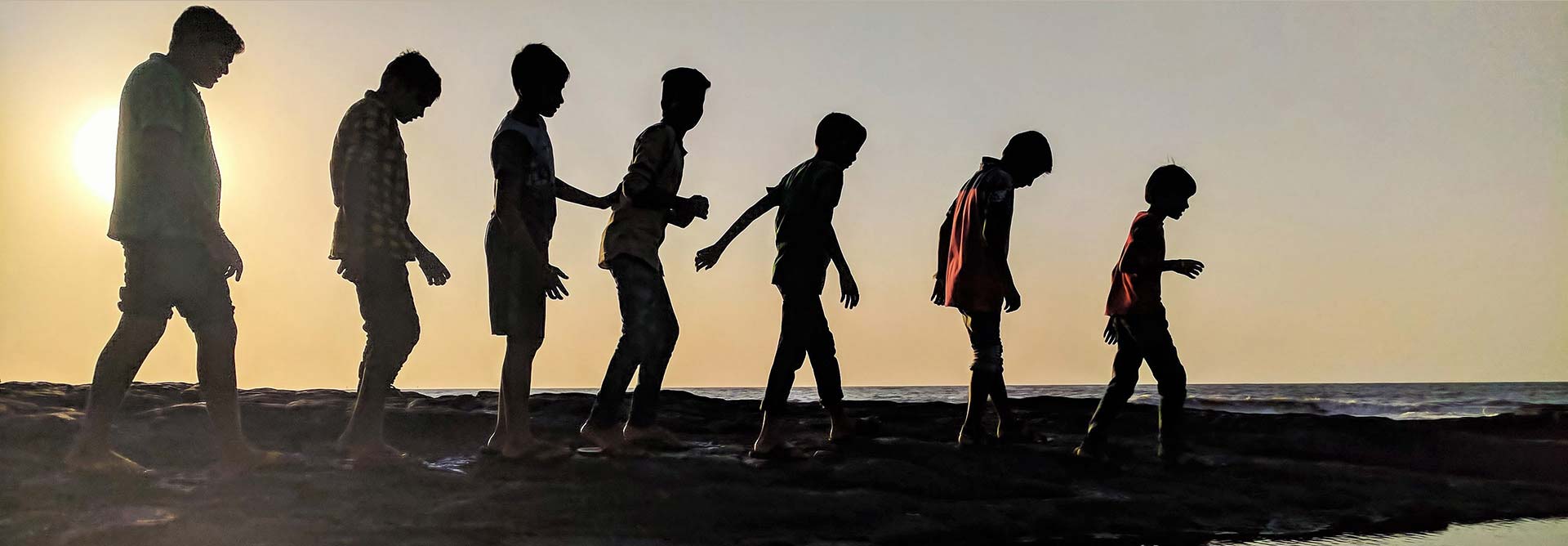
What is MODE-L®?

MODE-L® enables teachers and parents understand the learning mode of students. Learning theories have established that students learn as a result of response to motivations in four modes – behaviourist, cognitivist, constructivist, transformative. Behaviourist learning responds to external stimuli such as reinforcement. Cognitivist learning processes and stores information with the aid of internal memory processes. Constructivist learning builds understanding through personal and social experiences in the learning process. Transformative learning helps revise and reinterpret meaning by changing the frame of reference. The student’s preference depends on her conceptions of learning and perceptions of the learning environment. MODE-L® profiles the student’s preferred approaches, and the changes over time.
MODE-L® enables teachers and parents understand the learning mode of students. Learning theories concur that students learn in one of four modes based on conceptions of learning and perceptions of environment – behaviourist, cognitivist, constructivist, transformative. Behaviourist learning is in response to external stimuli. Cognitivist learning processes information through memory processes. Constructivist learning relies on personal and social experiences. Transformative learning makes meaning by changing the reference frame. MODE-L® profiles preferred approaches and their changes.
MODE-L® enables teachers and parents understand the learning mode of students. Learning theories concur that students learn in one of four modes based on conceptions of learning and perceptions of environment – behaviourist, cognitivist, constructivist, transformative. Behaviourist learning is in response to external stimuli. Cognitivist learning processes information through memory processes. Constructivist learning relies on personal and social experiences. Transformative learning makes meaning by changing the reference frame. MODE-L® profiles preferred approaches and their changes.
MODE-L® enables teachers and parents understand the learning mode of students. Learning theories concur that students learn in one of four modes based on conceptions of learning and perceptions of environment – behaviourist, cognitivist, constructivist, transformative. Behaviourist learning is in response to external stimuli. Cognitivist learning processes information through memory processes. Constructivist learning relies on personal and social experiences. Transformative learning makes meaning by changing the reference frame. MODE-L® profiles preferred approaches and their changes.
Why worry about "learning approaches"? Why get MODE-L®?
Traditional transmissive models of teaching are more likely to lead to ‘surface learning’ characterised by rote learning and negative emotions about learning. ‘Deep learning’ requires an education system characterised by constructivist and student-centred philosophies, which in turn can be implemented through pedagogic approaches such as inquiry-based, collaborative, self-regulated, project-based and situated learning. However, no approach will work unless students go beyond behaviourist and cognitivist modes and embrace constructivist and transformative modes. In effect, MODE-L® provides school management an opportunity to get the just rewards from investments the school has made in setting up constructivist and student-centred pedagogies and infrastructure, through desired learning outcomes.
Traditional transmissive teaching models lead to ‘surface learning’ characterised by rote learning and negative emotions. ‘Deep learning’ needs student-centred philosophies, driven by pedagogic approaches such as inquiry-based, collaborative, self-regulated, project-based and situated learning. However, no approach will work unless students go beyond behaviourist and cognitivist modes and embrace constructivist and transformative modes. Get MODE-L® to obtain just returns on your school’s investments in setting up constructivist and student-centred pedagogies and infrastructure.
Traditional transmissive teaching models lead to ‘surface learning’ characterised by rote learning and negative emotions. ‘Deep learning’ needs student-centred philosophies, driven by pedagogic approaches such as inquiry-based, collaborative, self-regulated, project-based and situated learning. However, no approach will work unless students go beyond behaviourist and cognitivist modes and embrace constructivist and transformative modes. Get MODE-L® to obtain just returns on your school’s investments in setting up constructivist and student-centred pedagogies and infrastructure.
Traditional transmissive teaching models lead to ‘surface learning’ characterised by rote learning and negative emotions. ‘Deep learning’ needs student-centred philosophies, driven by pedagogic approaches such as inquiry-based, collaborative, self-regulated, project-based and situated learning. However, no approach will work unless students go beyond behaviourist and cognitivist modes and embrace constructivist and transformative modes. Get MODE-L® to obtain just returns on your school’s investments in setting up constructivist and student-centred pedagogies and infrastructure.

Who will benefit from MODE-L®?

Your students are the foremost beneficiaries of MODE-L®, since the teaching interventions can now be far more customised and effective. In addition, the MODE-L® Learning Profile enriches and adds meaning to the student portfolio. Teachers benefit in multiple ways. First, they are able to customise their teaching interventions, such as the level of ‘guided participation’ and ‘scaffolding’. Second, they can reduce start-up times for new classes by getting a preview from MODE-L® profiles from the previous academic year. Principals and school management benefit from being able to reap rewards of significant investments that would have been made in setting up a constructivist and student-centred system. Parents can align with teachers on their ward, and provide guided participation at home.
Students are the foremost beneficiaries of MODE-L®, from customised teaching interventions. The MODE-L® Learning Profile enriches the student portfolio. Teachers benefit in two ways: first, from being able to customise teaching interventions, including ‘guided participation’ and ‘scaffolding’; second, from reduced start-up times for new classes through MODE-L® previews from previous years. Principals and management reap rewards from investments made in constructivist and student-centred systems. Based on MODE-L®, parents can provide suitable guided participation at home.
Students are the foremost beneficiaries of MODE-L®, from customised teaching interventions. The MODE-L® Learning Profile enriches the student portfolio. Teachers benefit in two ways: first, from being able to customise teaching interventions, including ‘guided participation’ and ‘scaffolding’; second, from reduced start-up times for new classes through MODE-L® previews from previous years. Principals and management reap rewards from investments made in constructivist and student-centred systems. Based on MODE-L®, parents can provide suitable guided participation at home.
Students are the foremost beneficiaries of MODE-L®, from customised teaching interventions. The MODE-L® Learning Profile enriches the student portfolio. Teachers benefit in two ways: first, from being able to customise teaching interventions, including ‘guided participation’ and ‘scaffolding’; second, from reduced start-up times for new classes through MODE-L® previews from previous years. Principals and management reap rewards from investments made in constructivist and student-centred systems. Based on MODE-L®, parents can provide suitable guided participation at home.
Where (in which settings) should you get MODE-L®?
Get MODE-L® for your students if you fulfill one or more of the following five criteria. First is the ‘investment criteria’. Has the school made significant investments in establishing a constructivist and student-centred education system? Second is the ‘cultural diversity criteria’. Do your students represent a reasonably wide variety of cultural backgrounds (and not just nationalities)? Third is the ‘surface learning criteria’. Do you feel that a subset of students is adopting ‘surface learning’ approaches despite the school’s efforts in the other direction? Fourth is the ‘transmissive teaching criteria’. Is a subset of your teachers adopting transmissive teaching approaches, possibly subconsciously? Fifth is the ‘inexperience criteria’. Does the school have teachers inexperienced in student-centred approaches?
Get MODE-L® if you fulfil one or more of the following five criteria. First, the ‘investment criteria’. Have you made major investments to set up a constructivist and student-centred learning system in your school? Second, the ‘cultural diversity criteria’. Do your students represent a wide variety of cultural backgrounds or nationalities? Third, the ‘surface learning criteria’. Are students veering towards ‘surface learning’? Fourth, the ‘transmissive teaching criteria’. Are some teachers adopting transmissive approaches? Fifth, the ‘inexperience criteria’. Are some teachers inexperienced in student-centred approaches?
Get MODE-L® if you fulfil one or more of the following five criteria. First, the ‘investment criteria’. Have you made major investments to set up a constructivist and student-centred learning system in your school? Second, the ‘cultural diversity criteria’. Do your students represent a wide variety of cultural backgrounds or nationalities? Third, the ‘surface learning criteria’. Are students veering towards ‘surface learning’? Fourth, the ‘transmissive teaching criteria’. Are some teachers adopting transmissive approaches? Fifth, the ‘inexperience criteria’. Are some teachers inexperienced in student-centred approaches?
Get MODE-L® if you fulfil one or more of the following five criteria. First, the ‘investment criteria’. Have you made major investments to set up a constructivist and student-centred learning system in your school? Second, the ‘cultural diversity criteria’. Do your students represent a wide variety of cultural backgrounds or nationalities? Third, the ‘surface learning criteria’. Are students veering towards ‘surface learning’? Fourth, the ‘transmissive teaching criteria’. Are some teachers adopting transmissive approaches? Fifth, the ‘inexperience criteria’. Are some teachers inexperienced in student-centred approaches?

How does MODE-L® work?

The design of MODE-L® is based on established learning theories that describe learning modes of students and their underlying motivations. MODE-L® undergoes the four stages of ‘installation’, ‘engagement’, ‘analysis’ and ‘dissemination’ over a period of eight weeks. To install MODE-L®, you define the scope of the exercise, nominate the students, and the teachers who will provide inputs. MODE-L® then engages with teachers and parents and primary care-givers to obtain their inputs. MODE-L® uses specialised instruments for anonymity and objectivity. Students in high school undergo self-evaluation through a reflective process. Following statistical and qualitative analysis, the student’s MODE-L® Learning Profile is shared with the school, for dissemination to students, teachers and parents.
MODE-L® is based on learning theories that outline the learning modes of students and underlying motivations. With MODE-L®, you will undergo the four stages of ‘installation’, ‘engagement’, ‘analysis’ and ‘dissemination’ in eight weeks. To install, you will define scope and nominate students and teachers who will provide inputs. MODE-L® will then engage with these sources through specialised instruments that help maintain anonymity and objectivity. High school students will undergo reflective self-evaluation. MODE-L® Learning Profile will be shared with the school, for dissemination to students, teachers and parents.
MODE-L® is based on learning theories that outline the learning modes of students and underlying motivations. With MODE-L®, you will undergo the four stages of ‘installation’, ‘engagement’, ‘analysis’ and ‘dissemination’ in eight weeks. To install, you will define scope and nominate students and teachers who will provide inputs. MODE-L® will then engage with these sources through specialised instruments that help maintain anonymity and objectivity. High school students will undergo reflective self-evaluation. MODE-L® Learning Profile will be shared with the school, for dissemination to students, teachers and parents.
MODE-L® is based on learning theories that outline the learning modes of students and underlying motivations. With MODE-L®, you will undergo the four stages of ‘installation’, ‘engagement’, ‘analysis’ and ‘dissemination’ in eight weeks. To install, you will define scope and nominate students and teachers who will provide inputs. MODE-L® will then engage with these sources through specialised instruments that help maintain anonymity and objectivity. High school students will undergo reflective self-evaluation. MODE-L® Learning Profile will be shared with the school, for dissemination to students, teachers and parents.
When during the academic term should you get MODE-L®?
MODE-L® is a product with an annual administration frequency (i.e., the MODE-L® profile needs to be updated annually). We advise schools that, once nominated, students should undergo the process for a minimum period of three years. The dynamic view of learning modality is as important as the static view. We suggest that schools administer MODE-L® at similar times each year. Our advice is to administer MODE-L® either during the middle or latter part of the first term, or the early or middle part of the second term (i.e., assuming the school follows a semester system). The early part of the first term is not conducive, since teachers require time for observing and understanding students in their new class. The latter part of the second term is not conducive due to the proximity to term-end summative examinations.
MODE-L® is a product with an annual administration frequency. Once nominated, students should undergo the process for a minimum period of three years. The dynamic view of learning modality is as important as the static view. Our advice to school leadership is to administer MODE-L® either during the middle or latter part of the first term, or the early or middle part of the second term. The early part of the first term is not conducive for usage of the product, since teachers require time for observing students in their new class. The latter part of the second term is not conducive due to the proximity to term-end summative examinations.
MODE-L® is a product with an annual administration frequency. Once nominated, students should undergo the process for a minimum period of three years. The dynamic view of learning modality is as important as the static view. Our advice to school leadership is to administer MODE-L® either during the middle or latter part of the first term, or the early or middle part of the second term. The early part of the first term is not conducive for usage of the product, since teachers require time for observing students in their new class. The latter part of the second term is not conducive due to the proximity to term-end summative examinations.
MODE-L® is a product with an annual administration frequency. Once nominated, students should undergo the process for a minimum period of three years. The dynamic view of learning modality is as important as the static view. Our advice to school leadership is to administer MODE-L® either during the middle or latter part of the first term, or the early or middle part of the second term. The early part of the first term is not conducive for usage of the product, since teachers require time for observing students in their new class. The latter part of the second term is not conducive due to the proximity to term-end summative examinations.

© Copyright 2019  All rights reserved.
All rights reserved.
© Copyright 2019  All rights reserved.
All rights reserved.
© Copyright 2019  All rights reserved.
All rights reserved.
© Copyright 2019  All rights reserved.
All rights reserved.
